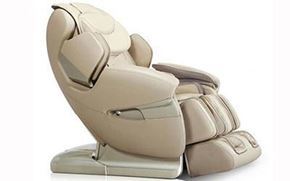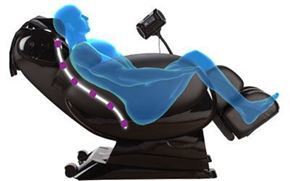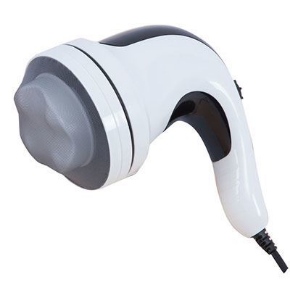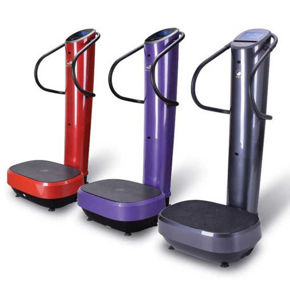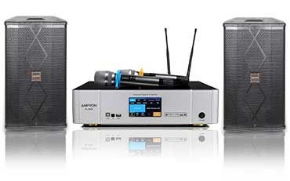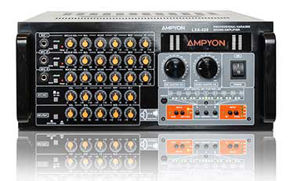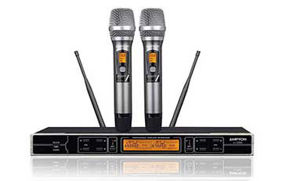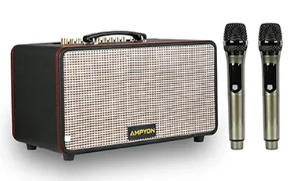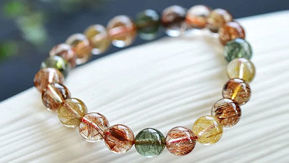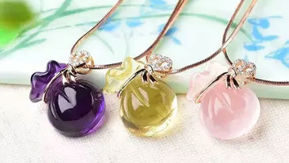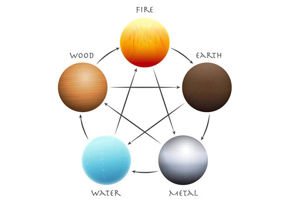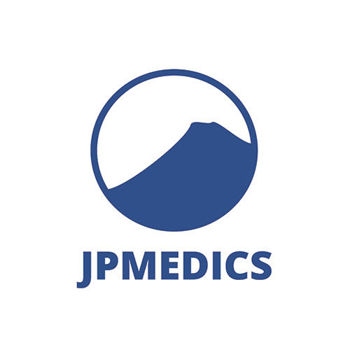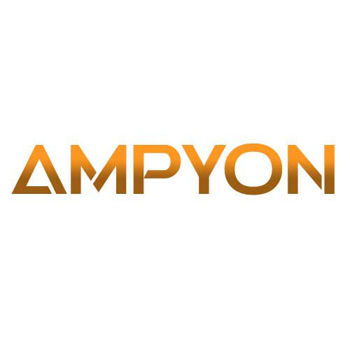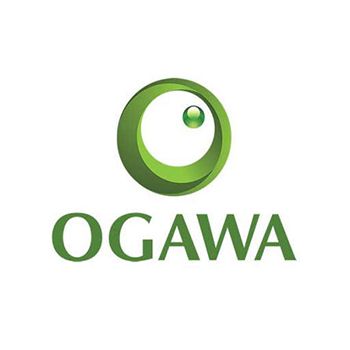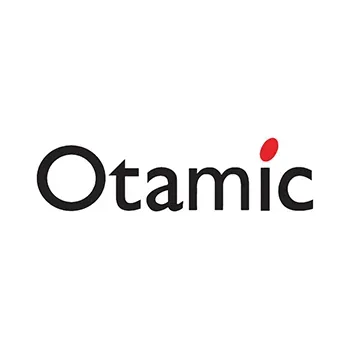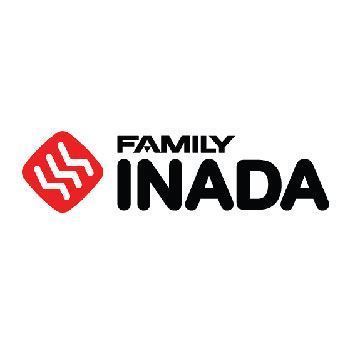The principle of aquaponics is quite simple; it requires you to grow fruits, vegetables, and plants in hydroponic conditions (but without chemicals) by raising fish to provide the nutrients for the plants. With aquaponics, the nutrients provided to the plants are organic and fairly balanced. Sometimes, supplemental nutrients are added to create a fairly balanced environment; however, this can also be resolved by increasing the number of fish or by balancing their diet. The main ingredient you are adding to the system is fish food.
Hydroponics, on the other hand, is a system of growing plants without soil – i.e. it is a soilless way of growing plants. Plants are grown in mediums where a nutrient solution is supplied to the roots of the plants. The roots absorb the nutrient, eliminating the need for soil. To prevent the accumulation of the nutrients, hydroponic systems don’t need to be flushed periodically, even if it is quite easy to do. With hydroponics, you are concerned with just one system.
One of the objectives of aquaponics is the harvesting a pesticide-free fruits and vegetables, and a clean supply of fish (protein). Virtually everybody is affected by the harmful chemicals employed by conventional farmers all over the world. If you want you and your household to feed on chemical-free organic food, then you can achieve this by employing the aquaponics system.
In hydroponics gardening, some plants (e.g. deep-rooted plants) do not benefit as much as thin-rooted plants. For example, bulb rooted plants would benefit less than spider-like roots plants. However, this issue can be resolved if the grower would first grow the bulb rooted plant in a pot to approximately a quarter of an inch. Then, it can be transplanted into the hydroponic garden. Stressful right?
Aquaponics is the natural or organic alternative to hydroponics. This is because the fish wastes in an aquaponics system serve as fertilizer (chemical) in hydroponics. And, fish wastes are full of natural ingredients.
In hydroponics, vegetables grown are often accused of having chemical tastes from chemical fertilizers. Sometimes, this chemical can affect the pH of water, needing water to be flushed frequently. Flushing water often means the excess fertilizer in the system will be disposed of. And, if it is not properly disposed of, it may cause several health hazards to you and the environment.
Aquaponics system combines hydroponics with aquaculture to provide sustainable and healthy solutions to food production in a friendly environment. In aquaculture, fish waste builds up in the water, which tends to increase the toxicity for the fish. This water is drained or flushed into the hydroponic system which is used as the hydroponic growing nutrients by the plants. The refined water is then re-circled back to the aquatic organisms.
Hydroponic gardening relies on the addition of costly chemical nutrients, costing time, money, and effort. And, in order for the nutrients to support and maintain healthy plant growth, they must be added in the right proportion. Occasionally, these chemicals may contribute to the unwanted element of taste which could reduce the quality and natural flavor of the plants compared to organically grown vegetable in an aquaponics system. More so, these chemicals may create different health issues for consumers who are trying to switch from traditionally grown crops to hydroponically grown ones.
WHY AQUAPONICS IS BETTER THAN HYDROPONICS
The first drawback is that nutrients need to be added frequently to sustain the plants in the hydroponics system. More so, the water has to be drained on a daily basis in order to flush out the excess nutrient and make the water stay clean. An aquaponics system may be expanded to support multiple grow beds. Also, additional filtration systems can be added to an existing aquaponics system to flush out excess waste in the water. Plants grown in an aquaponics system are more hygienic than those raised within a hydroponic system. This is because the plants in aquaponics get their nutrients from a natural source (fish wastes), while chemical fertilizers are used within a hydroponics system.
MUTUAL BENEFIT
Both the aquaponics and hydroponics systems can be placed anywhere and start-up costs for both systems are much lower than a regular farm. Placing these systems anywhere means you decide how much space you want to use and the amount of space will determine the food production. To increase your yield, you can decide to grow vertically.
THE VERDICT
As stated earlier, aquaponics combines aquaculture with hydroponics. It combines both systems to provide the grower with a better, healthier, and safer food production. This is simply because the plants get their source of nutrients from a more natural source (fish). The fish waste, which contains ammonia, will be used to enrich the plants. However, if the waste is in excess, it must be removed else it will cause more harm than good. The water containing this fish waste (ammonia) is flushed out into an area where bacteria will act on it and convert it to nitrates and nitrites. This system is easier to maintain as you longer have to feed your plants.
BUT, WHAT IF NEITHER SYSTEM IS SUPERIOR TO THE OTHER - IT ALL BOILS DOWN TO INDIVIDUAL PREFERENCES
Fish lovers who are opportune to have a large fish tank to support aquaponics may want to adopt aquaponics system of gardening. This system is known to sustain plant life and fish at the same time. However, if you don’t enjoy fish or you feel the setup might be a little bit complicating, you may want to try the hydroponics system. Aquaponics and hydroponics will grow abundant plant life. The major benefit of aquaponics is that it adds the option of growing fish in your garden.


